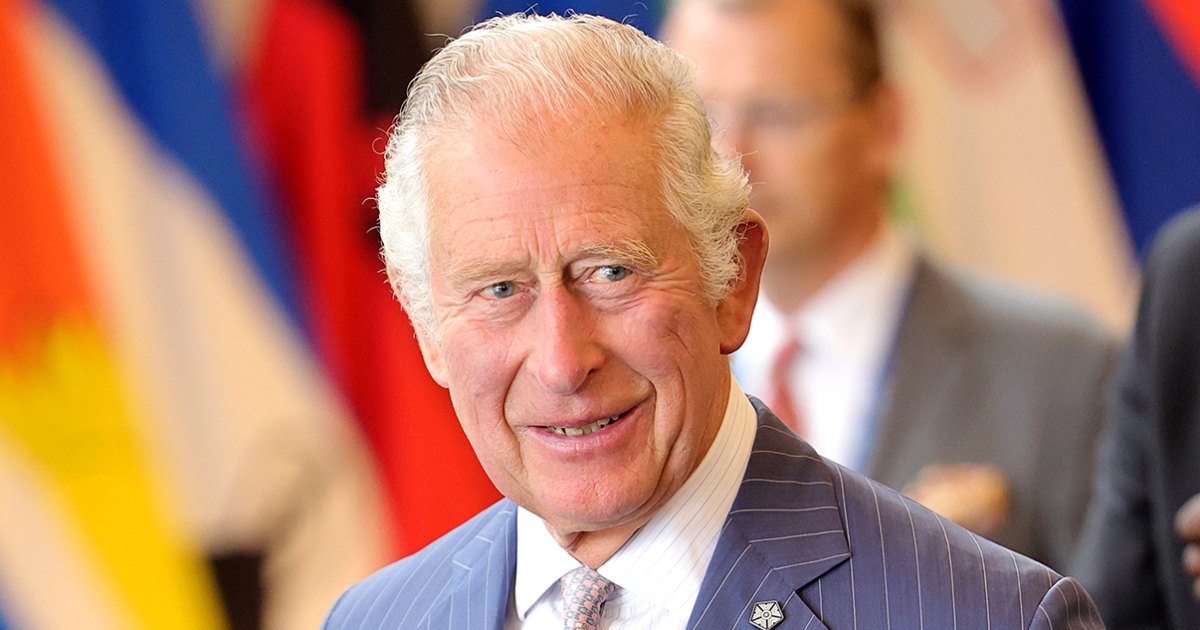
New Official Portrait of King Charles III Unveiled

A new official portrait of King Charles III has been unveiled, sparking both praise and criticism. The portrait, taken by British photographer Hugo Burnand, will hang in public buildings in the United Kingdom and is part of a portrait scheme with a \\(10.1 million) price tag. Learn more about the unveiling, the photographer, public reactions, and the significance of this new era in the UK's history.
The Unveiling of the Portrait
The offering of the new official portrait of King Charles III aims to continue the tradition of displaying royal portraits in public institutions. The UK Cabinet Office emphasized that the new portrait will enable organizations across the UK to carry on this tradition, similar to the current display of official portraits of Queen Elizabeth II in public institutions. However, the unveiling has faced criticism from anti-monarchy groups, with Republic describing it as a 'shameful waste of money.' Despite this, the UK's Cabinet Office remains committed to the significance of the portrait in reflecting the new era in the country's history.
The portrait was taken by British photographer Hugo Burnand, who has close ties to the royal family, having taken official pictures at Charles and Queen Camilla's coronation and the official photos for both Charles and Camilla's wedding in 2005, as well as William and Catherine's wedding in 2011.
Public Reactions and Criticism
The unveiling of the new official portrait of King Charles III has sparked both praise and criticism. While public bodies such as courts, schools, and councils have the option to request free oak-framed copies of the portrait, the portrait scheme, with a \\(10.1 million) price tag, has faced backlash from anti-monarchy group Republic. Graham Smith, chief executive of Republic, criticized the expenditure, stating that it is a 'shameful waste of money' at a time when local councils are raising taxes and cutting public services. The criticism highlights the contrasting views on the significance and value of the portrait scheme, with some emphasizing its historical and cultural importance while others question the allocation of resources during challenging times.
Significance of the New Era in UK's History
The UK's Cabinet Office announced that the unveiling of King Charles III's portrait is a reflection of the new era in the country's history. The official statement emphasized the historical significance of the portrait in public institutions and its role in continuing the tradition of displaying royal portraits. Additionally, the announcement highlighted the availability of commercial copies of the portrait, signaling a broader reach and impact beyond public institutions. Despite the criticism and differing perspectives, the unveiling of the portrait represents a pivotal moment in the UK's history, capturing the transition to a new era and the continuation of royal traditions in public spaces.













